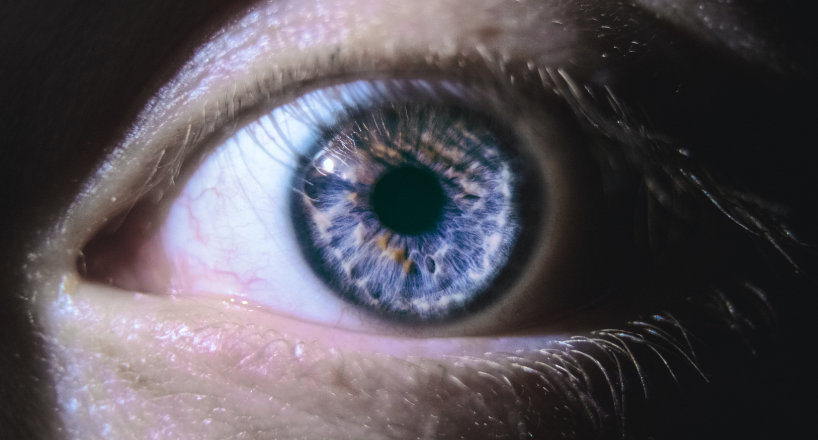Cataract Surgery & Treatment

Cataract surgery is a common and effective procedure for treating cataracts, which are a clouding of the lens in the eye that can cause vision problems. The procedure involves removing the cloudy lens and replacing it with an artificial lens, known as an intraocular lens (IOL). Cataract surgery is usually performed as an outpatient procedure, meaning that patients can go home the same day as the surgery. With advances in technology, cataract surgery has become safer, quicker, and more effective at restoring clear vision and improving visual acuity. If you are experiencing symptoms of cataracts, it is important to see an eye doctor for a complete evaluation and to discuss treatment options, including cataract surgery.
Treatment for cataracts includes surgical treatment, but being diagnosed with a cataract does not suggest that you need to have surgical treatment instantly, or maybe ever. You may be able to live with signs of early cataracts for a while by utilizing vision aids such as glasses, anti-glare sunglasses, zoom lenses, strong bifocals or brighter lighting to fit your needs.
Surgery ought to be thought about when the condition begins to seriously impair your vision to the level that it affects your daily life such as checking out or driving, playing golf, playing cards, watching television, etc. Often surgical treatment is also required if the cataracts are preventing treatment of another eye issue. The bright side is that cataract surgery is usually very successful in restoring your vision. Together with your optometrist, you will decide if and when the time for surgical treatment has arrived.
Cataract Surgery
Cataract surgical treatment is among the most typical surgeries performed in North America and has a 90% success rate (indicating the client has improved vision, between 20/20 and 20/40 vision, following the procedure).
The surgery includes eliminating the clouded natural lens and normally changing it with a clear, plastic intraocular lens (IOL) that becomes an irreversible part of the eye. It is a fairly fast and pain-free treatment and you will not feel or see the IOL after the implant.
Avoiding Cataracts

While the advancement of cataracts is mainly related to age, there are other aspects that can increase the danger of establishing the condition. By knowing these danger elements, there are steps you can take to postpone or avoid the advancement of cataracts:
- Sun Protection: Ultraviolet radiation can be considered the development of cataracts. It is advised to secure your eyes from ultraviolet sunlight by wearing 100% UV protective sunglasses and a hat with a brim when you are exposed to the sun.
- Stop Smoking and Limit Alcohol Intake: These habits have been revealed to increase the possibility of establishing cataracts, so if you smoke or routinely take in large amounts of alcohol– stop these habits.
- Appropriate Nutrition: Research reveals that keeping good health and nutrition can likewise minimize the danger of age-related cataracts, especially by eating foods abundant with vitamins A (beta-carotene), C, and E, and other anti-oxidants discovered in green leafy veggies, fruit, and diet plan rich in Omega-3s.
- Regular Eye Exams: Once you reach the age of 50, or if you have diabetes or other eye conditions, it is very important to have a detailed eye exam every year to check for signs of cataracts and other age-related eye conditions such as age-related macular degeneration or glaucoma. Early detection and treatment for many of these eye and vision disorders are typically vital to conserve your vision.